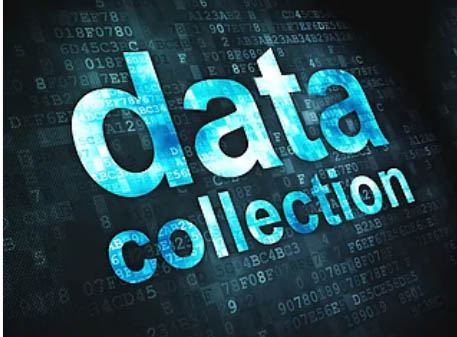Therapist-to-Therapist, Jump-into the Digital Age!
As a behavior therapist, data collection and reporting is a crucial part of my job. It helps me to understand a client’s progress, identify areas of success and challenges, and make informed decisions about treatment plans. While traditional methods of data collection and reporting, such as paper and pencil, can be effective, they can also be time-consuming and prone to errors.
Digital tools have made a significant impact in the field of behavior therapy. By using digital tools to collect and report on data, I am able to increase speed and efficiency in several ways:
- Real-time data collection and analysis: With digital tools, I can collect data in real-time during therapy sessions, allowing me to make immediate adjustments to treatment plans and goals based on the most current data available.
- Easy data sharing with team members and clients: Digital tools make it simple to share data with my colleagues and clients, which can improve communication and collaboration. This is especially useful for remote or virtual therapy sessions.
- Reduced data entry errors: Manual data collection can sometimes result in errors, such as misplaced data sheets or incorrect data recording. Digital tools can minimize these errors by providing a clear and organized system for data collection and storage.
Overall, the use of digital tools in behavior therapy has helped me to increase speed and efficiency in data collection and reporting, ultimately leading to better outcomes for my clients. For example, I recently worked with a client who was struggling with social skills. By using a digital tool to track their progress in real-time, I was able to identify specific areas where they were making progress and areas that needed more focus. This allowed me to adjust the treatment plan and goals on the fly, resulting in more efficient and effective therapy sessions.

